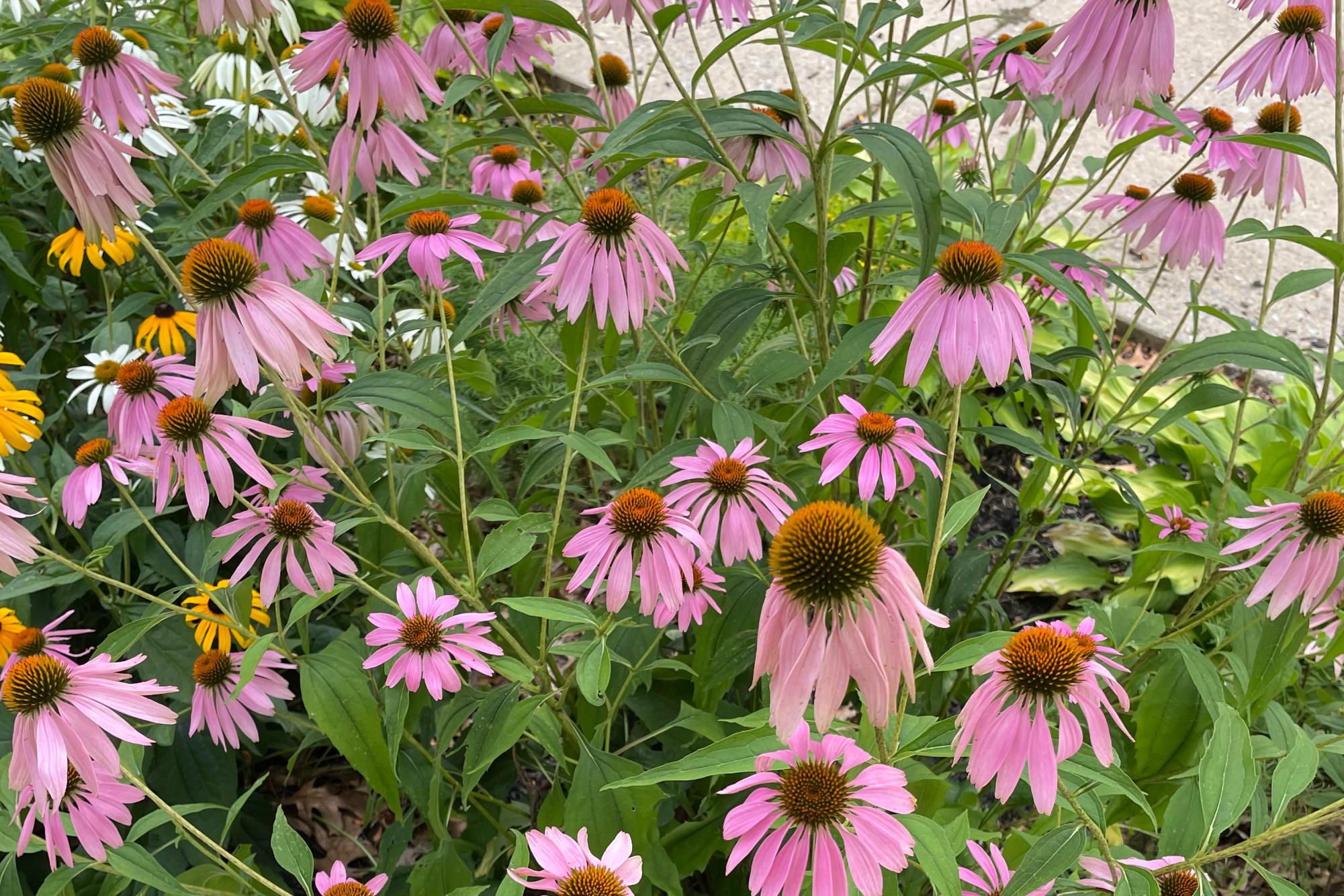As the long-awaited spring break approaches, it’s a perfect time to explore the vibrant cultural traditions that celebrate the arrival of spring across the globe. From unique festivals to long-standing rituals, many cultures have their own ways of welcoming the season of renewal, growth, and new beginnings.
The spring festivities begin early in Bulgaria, where March 1 marks the joyful celebration of Baba Marta Day.
This day is dedicated to Baba Marta or Granda March. Her tale portrays her as a feisty woman who revolves around a grudge she held against her siblings, January and February. There are a few different versions of the tale, depending on what the children are told when growing up. It is believed that the sun would only shine when she smiled. In one version, Baba Marta prepares for spring by cleaning.
Bulgarians exchange martenitsi, small, red and white woven bracelets or pins, as symbols of good health and luck. The red represents strength, while the white stands for purity and new beginnings. People wear the martenitsi throughout March, and when they see the first blooming tree or stork, they traditionally take off the martenitsi and tie it to the branch of a tree, wishing for a prosperous year ahead.
As March rolls into April, another global spring tradition takes the spotlight—Easter. On Sunday, April 20, 2025, Christians around the world will celebrate the resurrection of Jesus Christ, a cornerstone of their faith.
On the Friday before, Christians believe Jesus died by crucifixion and is referred to as Good Friday. This is a day of mourning in the church where the members remember Jesus’s suffering and death on the cross and what it means for their faith. Three days later, Easter Sunday marks the day of Jesus’s resurrection.
Easter is celebrated with many traditions in the United States and parts of Europe, children enjoy Easter egg hunts, where they search for colorful, hidden eggs, symbolizing new life. In Greece, the tradition includes feasting on lamb and breaking tsoureki, a sweet bread braided with red-dyed eggs representing the blood of Christ. The Easter season is a powerful reminder of renewal with both spiritual and cultural significance for millions of people.
While Easter emphasizes spiritual rebirth, Holi bursts onto the scene with vibrant color and celebration. This Hindu festival, primarily celebrated in India and Nepal, marks the arrival of spring and the triumph of good over evil.
Holi is known as the Festival of Colors, and it’s easy to see why. Friends, families, and even strangers gather to throw brightly colored powders, dance to lively music, and share traditional foods. The festival is a joyous celebration of togetherness, forgiveness, and renewal of relationships.
Holi’s origins lie in Hindu mythology. According to one legend, reported by AP News, a tyrannical king named Hiranyakashipu demanded worship from his people. His son, Prahlad, defied him by remaining devoted to Lord Vishnu. Enraged, the king ordered his fire-immune sister, Holika, to carry Prahlad into a bonfire. However, divine protection saved Prahlad, while Holika perished—symbolizing the victory of faith and goodness.
From colorful chaos to serene beauty, Switzerland welcomes spring in a very different way. Each year, the lakeside town of Morges hosts its beloved Tulip Festival, transforming its parks into a sea of blossoms.
With over 140,000 tulips in every imaginable shade, the festival draws visitors eager to stroll through flower-lined paths along Lake Geneva. The blooms peak in early April, signaling the end of winter and the arrival of gentler weather. In addition to the floral displays, the festival features workshops, exhibitions, and cultural activities that celebrate the harmony between nature and community.
Across the Atlantic and into the Southern Hemisphere, spring arrives in Trujillo, Peru, with a burst of Latin American flair. The Trujillo Spring Festival, held in late March or early April, celebrates the new season with parades, music, traditional dances, and stunning floral floats.
A highlight of the event is the Reina de la Primavera (Queen of Spring) competition. Contestants wear elaborate costumes and participate in a pageant that honors nature’s beauty and fertility. The festival is a vibrant display of regional pride, cultural heritage, and the joy of new beginnings.
As spring break draws closer, these cultural traditions remind us that the changing of the season is a global event, rich in meaning and variety. Whether it’s the exchange of martenitsi in Bulgaria, the spiritual reflection of Easter, the colorful revelry of Holi, the floral serenity of Switzerland’s tulip festival, or the festive energy of Trujillo, spring is celebrated with hope, creativity, and community.
So as we step into spring, take a moment to appreciate the diverse ways people across the world welcome this season of life and light.



